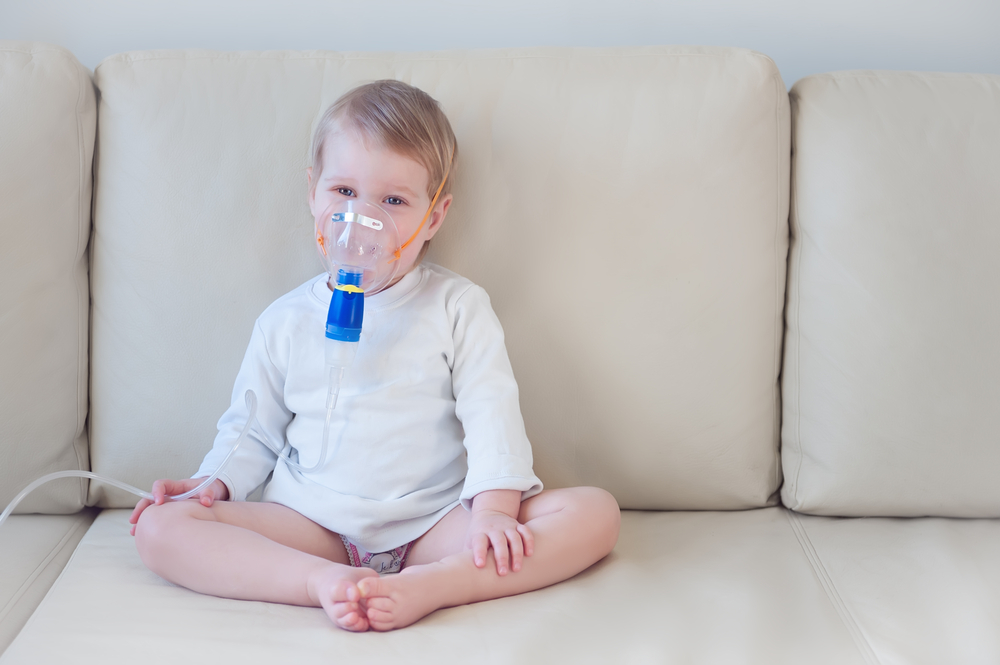In a recent study published in the Italian Journal of Pediatrics, Silvia Vandini from the Foundation IRCCS Santa Lucia in Rome, Italy and colleagues evaluated the role of prenatal, perinatal and postnatal conditions in determining the risk of hospitalization for bronchiolitis in a large cohort of preterm babies at GA 33 weeks or more, as well as full-term newborns.
Bronchiolitis is the leading cause of hospitalization for infants in the U.S. and is the most frequent lower respiratory tract disease in preterm infants. Infants with chronic lung disease (CLD), congenital heart disease (CHD), immunodeficiency and neuromuscular disorders are at particularly high risk of hospitalization for bronchiolitis.
Prematurity has been associated with an increased likelihood of hospitalization for RSV bronchiolitis, with studies showing that infants born between 33 and 35 week GA have a higher risk of hospitalization due to RSV infections than full-term infants.
In the study titled “Risk factors for bronchiolitis hospitalization during the first year of life in a multi center Italian birth cohort,“ the researchers analyzed the risk factors in a multicenter cohort study including consecutive newborns born between 2009 and 2012. All subjects were enrolled at birth and followed up for the first year of life. All 2314 newborns were 33-34 weeks gestational age (wGA) matched by sex and age with two cohort of newborns born at 35-37 wGA and > 37 wGA were enrolled in this study for a three-year period (2009-2012).
Hospitalization for bronchiolitis (ICD-9 code 466.1) during the first year of life was assessed through phone interview at the end of the RSV season (November–March) and at the completion of the first year of life.
Results revealed that children born at 33-34 wGA had a higher hospitalization rate in comparison with the two other groups. The risk factors associated with higher rates of bronchiolitis hospitalization were: male gender; prenatal treatment with corticosteroids; prenatal exposure to maternal smoking; singleton delivery; respiratory diseases in neonatal period; surfactant therapy; lack of breastfeeding.
Based on these results, the researchers mentioned that the analysis of local epidemiological data and risk factors involved in RSV-related hospitalization is mandatory in order to better plan preventive strategy and to develop updated national guidelines tailored for pediatric high-risk populations.
Results from the study indicate that infants’ individual characteristics and exposure to environmental factors play an important role in determining the risk of severe infection and hospitalization, independently from preterm birth.
According to the researchers, the analysis of the weight of each risk factor could allow greater accuracy in defining the risk for bronchiolitis hospitalization for any infant during the first year of life and to take into account the prophylaxis with palivizumab through the determination of “tailored” indications.

